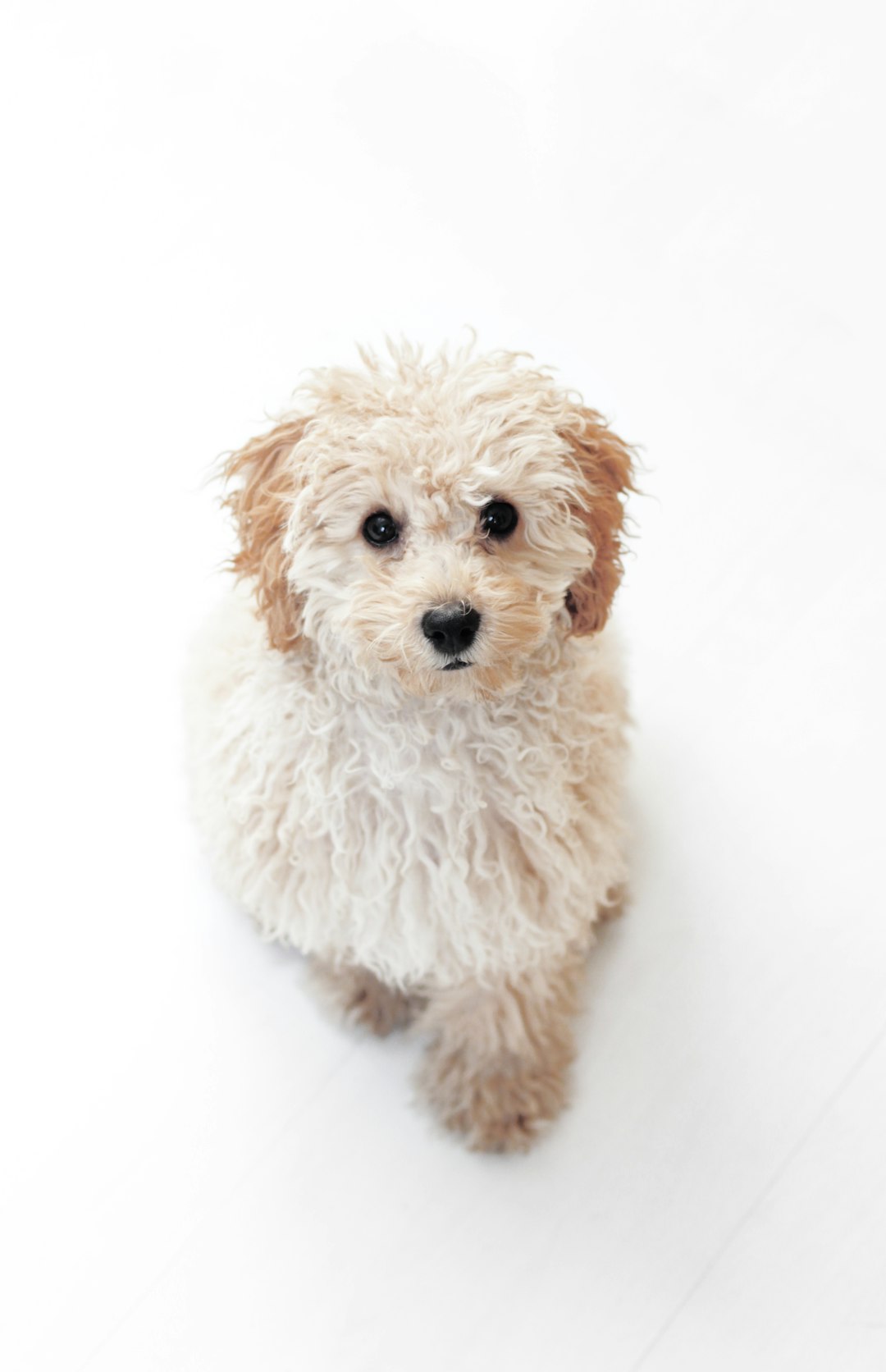The Dos and Don’ts of Bathing Your Pet: A Step-by-Step Guide
Bathing your pet is an essential part of maintaining their hygiene and keeping them healthy. However, it can be a daunting task, especially if your furry friend is not particularly fond of water. To ensure that the bathing experience is stress-free for both you and your pet, it is important to follow a few simple dos and don’ts. In this step-by-step guide, we will outline the best practices to make bath time a positive and enjoyable experience.
1. Do prepare in advance: Before you start bathing your pet, gather all the necessary supplies such as pet-friendly shampoo, towels, and a non-slip mat. Fill the tub with lukewarm water, making sure it is not too hot or cold. Having everything ready in advance will avoid unnecessary delays and stress for your pet.
2. Don’t rush the brushing: Before getting your pet wet, give them a thorough brush to remove any mats or tangles. Not only does this keep their fur in good condition, but it also prevents loose hair from clogging the drain during the bath.
3. Do introduce your pet to water gradually: If your pet is anxious about water, it is important to introduce them to it slowly. Start by filling the tub with a few inches of water and let them explore it at their own pace. Reward them with treats and praise to create positive associations with the water.
4. Don’t use human shampoo: While it may be tempting to use your own shampoo on your pet, it can be harmful to their skin and coat. Human shampoos are formulated for our pH levels, which are different from those of pets. Always use a mild, pet-friendly shampoo specifically designed for dogs or cats.
5. Do protect your pet’s ears: Before wetting your pet, place cotton balls in their ears to prevent water from entering. This will reduce the risk of ear infections and discomfort. Just make sure to remove the cotton balls after the bath to avoid any potential hazards.
6. Don’t use high-pressure water: When wetting your pet, use a gentle spray or a jug with lukewarm water. Avoid using high-pressure water as it can startle and stress your pet. Aim for a consistent flow that will help in reaching all areas of their body.
7. Do be cautious around the face: When it comes to your pet’s face, be extra careful. Use a damp washcloth to gently clean their face, making sure to avoid getting water or shampoo in their eyes or nostrils. If your pet is uncomfortable with having their face wet, consider using a dry shampoo specifically made for the facial area.
8. Don’t forget to rinse thoroughly: One of the most common mistakes pet owners make is not rinsing thoroughly enough. Leftover shampoo can cause skin irritation and dryness, so make sure to rinse your pet’s fur until the water runs clear. Pay close attention to hard-to-reach areas such as under the legs and the tail.
9. Do use positive reinforcement: Throughout the bathing process, use positive reinforcement to reward your pet for good behavior. Praise them, offer treats, and speak in a calm and reassuring tone. This will help to create a positive association with bath time and make future sessions easier.
10. Don’t skip the drying phase: After the bath, use a towel to gently dry your pet, removing excess water from their fur. If your pet’s coat is thick or long, you can also use a hairdryer on a low, cool setting. Be cautious when using a hairdryer, as some pets may find the noise and heat distressing. If this is the case, stick to towel drying.
By following these dos and don’ts, you can make bath time a pleasant experience for both you and your pet. Remember, patience and positive reinforcement are key. With a little practice, bathing your pet can become a routine that strengthens your bond and keeps them clean and healthy.

